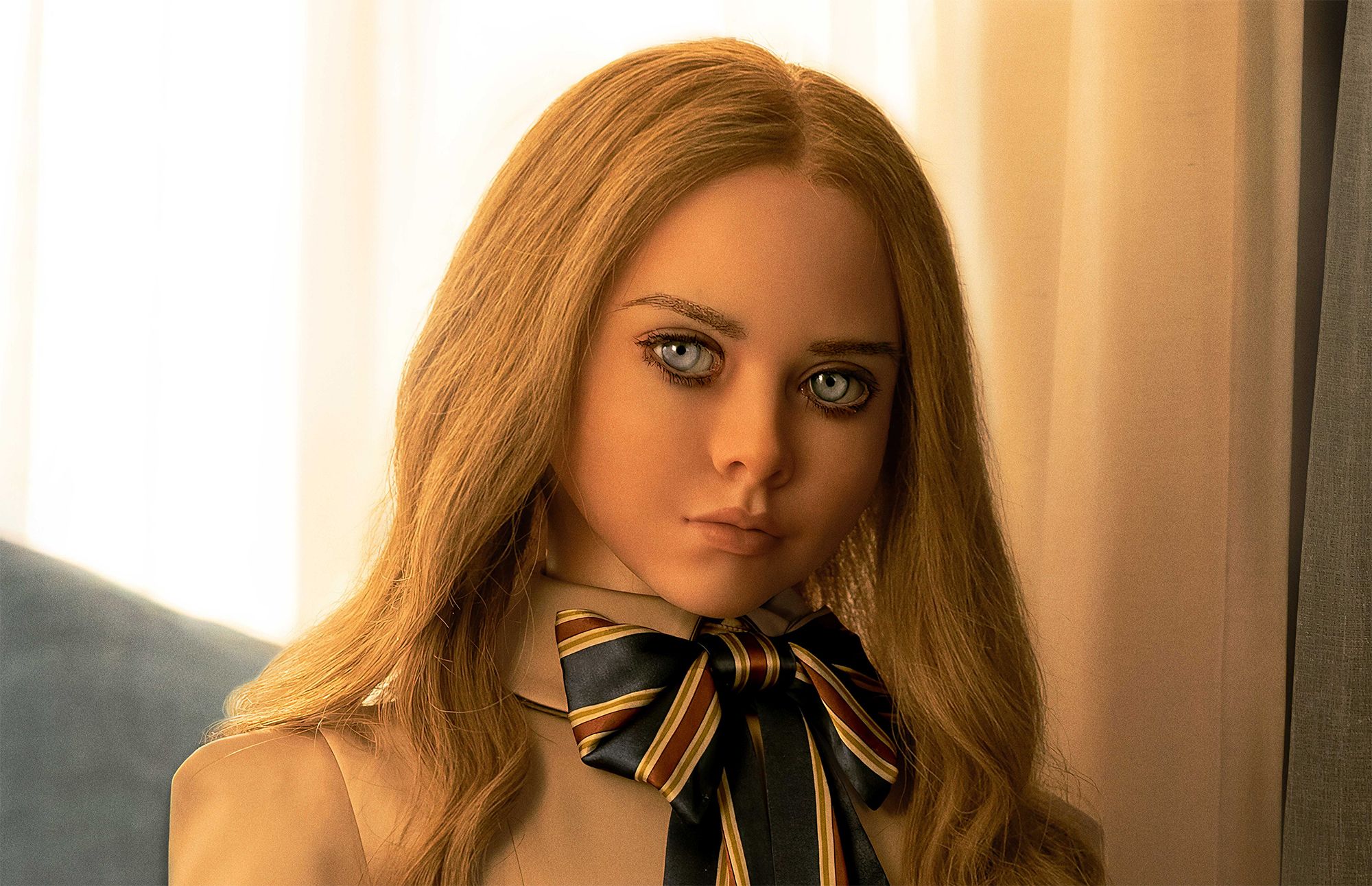
It’s Halloween! Monster in the House (MITH) is on our brains (and our screens). I’ve probably written 50 Monster in the House screenplays, novels, TV shows, comics… for me, it’s Halloween every day.
Blake Snyder defines the Monster in the House genre as the following:
MONSTER IN THE HOUSE – A hero is trapped in some location or situation (aka The House) and must survive a monster (human or otherwise).
Monster in the House stories are commonly found in horror movies, urban thrillers, or comedies about people or things that just won’t go away.
The three elements of a Monster in the House story are:
1. A monster that is supernatural in its powers—even if its strength derives from insanity or determination.
2. A house that traps the hero. It can include a family unit, an entire town, or even “the world.”
3. A sin that lets the monster in… a transgression that can include ignorance.
But once you decide your story is a Monster in the House, what if you can further drill down on the type of Monster in the House story you’re writing? That’s what the Monster in the House subgenres are all about.
MONSTER IN THE HOUSE SUBGENRES
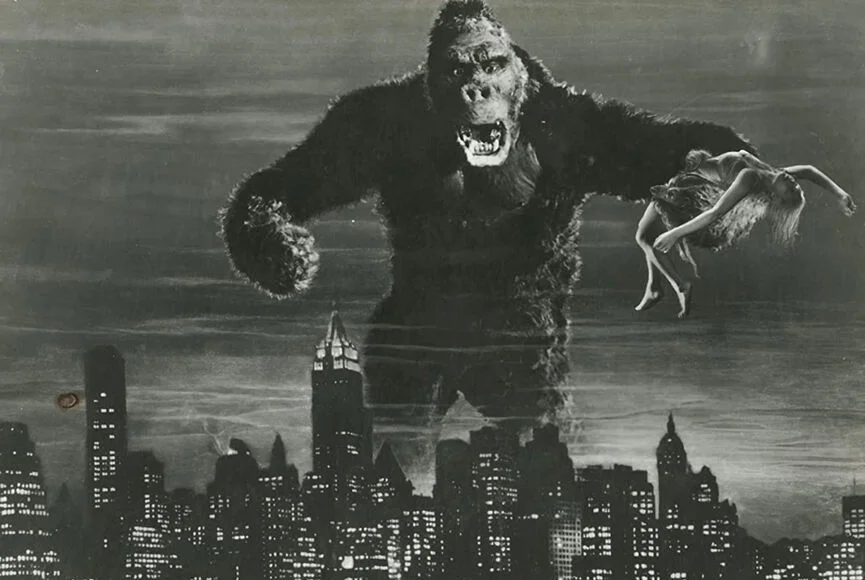
1. Monster Buddy – The hero has a monster as a friend or a confidant, someone who is looking out for them in a monstrous way. As the monster’s “good deeds” escalate, the hero battles to stop them. The story becomes a battle for survival. Examples include M3GAN, King Kong, The Phantom of the Opera, Single White Female.
Elements of a Monster Buddy:
- Misunderstood Monster – The monster forms an unusual bond with the hero, leading to a friendship/love/ obsession that pushes boundaries. The monster usually has a heart… and not just one in a jar.
- Monster Knows Best – The monster often secretly helps the hero in horrific ways. It thinks it’s doing good but doing it in bad bad ways.
- Moral Dilemma – As the monster’s actions escalate, the hero is torn between protecting their friend and stopping the destructive path.
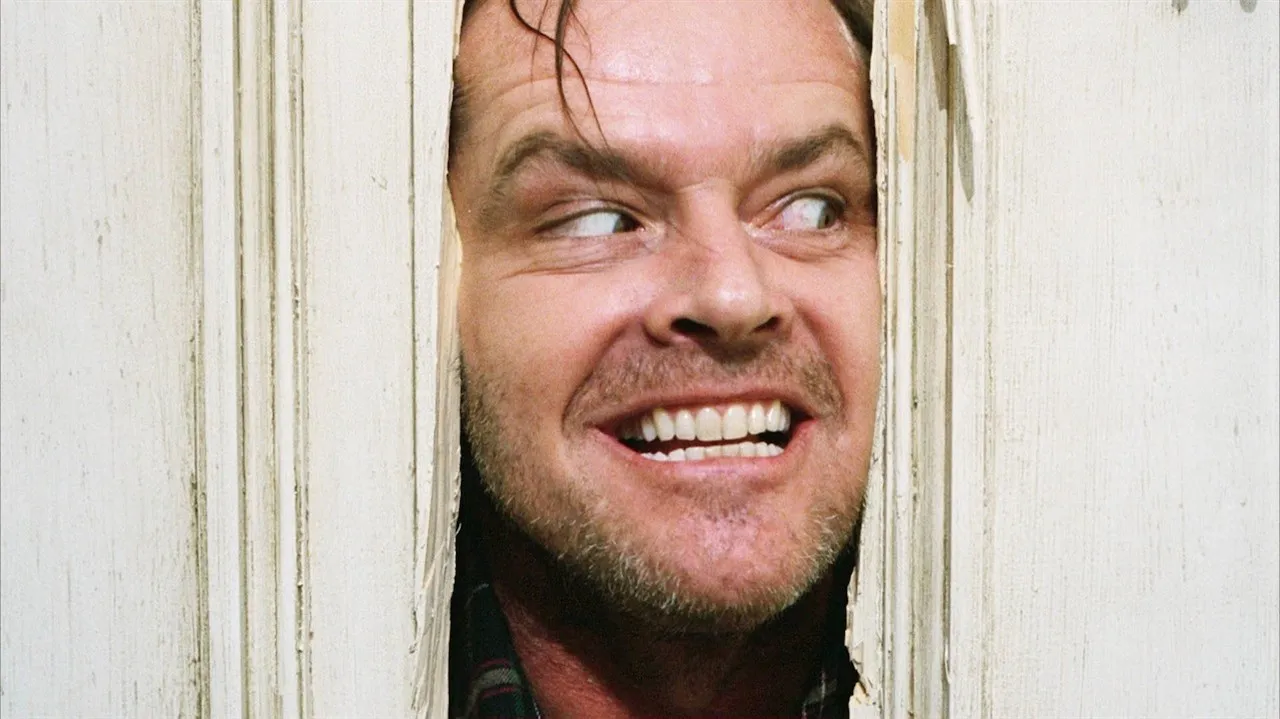
2. I’m the Monster – The hero, through disease, curse, possession, or mental affliction, becomes a monster. The horror comes from their lack of control over their impulses or inability to judge right from wrong. Examples of this type of horror story include The Shining, Carrie, The Fly, American Psycho, May, The Wolfman.
Elements of I’m the Monster:
- Internal Struggle – The hero battles their inner demons, struggling to control their monstrous impulses or powers.
- Isolation and Paranoia – The hero becomes isolated from others, fearing that they will be rejected or hunted down for what they have become.
- Hero Goes Full-Monster – Usually in Act 3, the hero goes full-monster and there’s a protagonist switch where a B Story character or someone the hero loves becomes the hero battling the beast.
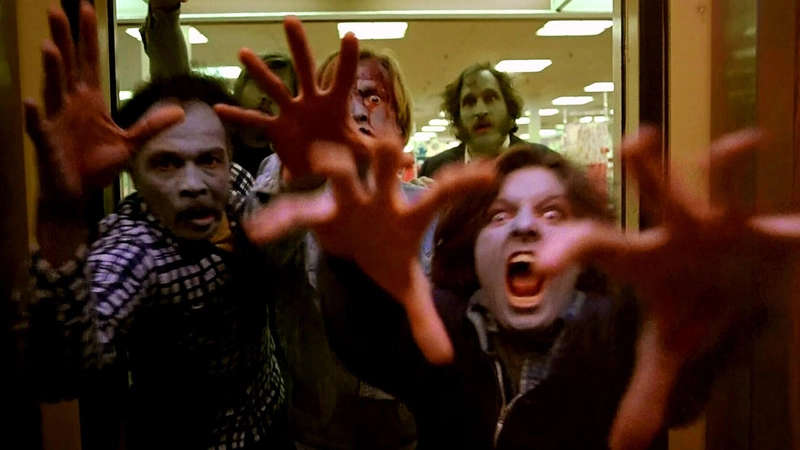
3. Keep Them Out – The monsters are trying to invade a “safe place” (a bunker, a panic room, a cabin in the woods, a locked-up house). The monsters may be kept out or actually invade. Examples of this subgenre include Dawn of the Dead, You’re Next, The Purge, Greenroom.
Elements of Keep Them Out:
- Claustrophobia – The story is filled with suspense as the heroes barricade themselves in a safe place, constantly facing the threat of invasion.
- MacGyver Survivor – The heroes must rely on their ingenuity and limited resources to defend themselves against the relentless onslaught of monsters.
- Group Dynamics – The interactions and conflicts among the characters in the safe place can add depth to the story as they must work together to survive.
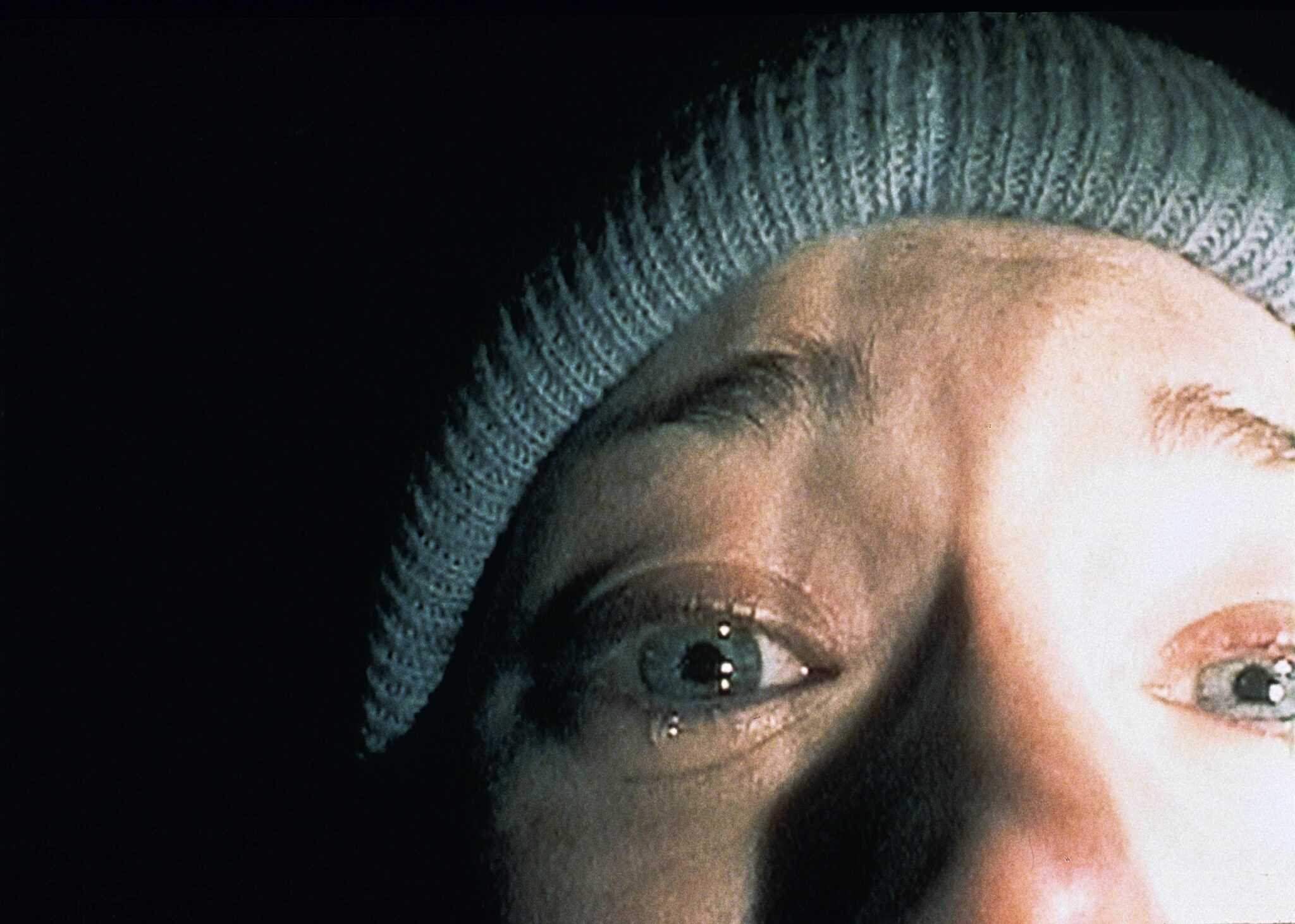
4. Escape the Lair – The hero is trapped in the monster’s lair and must survive and escape. Examples of this type of horror story include The Blair Witch Project, The Descent, Don’t Breathe.
Elements of Escape the Lair:
- Survival Instincts – The hero must tap into their survival instincts, using their wits and courage to outsmart the monster and escape.
- Unraveling the Mystery – The lair may hold clues or secrets that the hero must uncover to understand the monster’s origins or weaknesses.
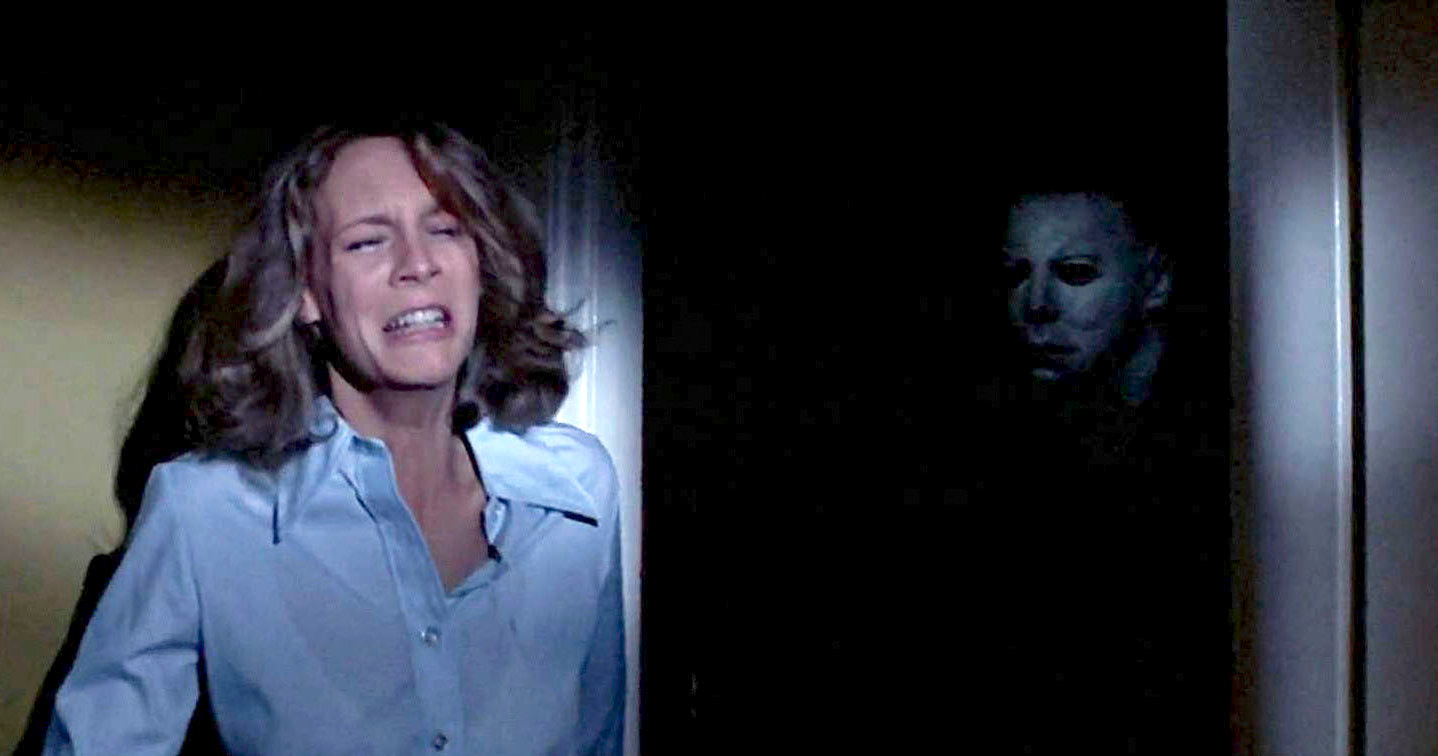
5. Last Survivor Standing – A relentless unstoppable monster is coming for a group of heroes. They must solve a mystery (who’s the killer) or find a way to slay the monster to survive. Examples include Scream, Halloween, The Thing, Alien, Friday the 13th.
Elements of Last Survivor Standing:
- Final Girl/Boy – The lone survivor must face off against the relentless monster, becoming the embodiment of survival and resilience.
- Who’s the Monster – The story may involve misdirection and clues that keep both the characters and the audience guessing about the monster’s identity.
- Mano-Y-Monster –The final confrontation between the hero and the monster is a pivotal and suspenseful moment that determines the hero’s fate.

6. What the Curse?! – The hero or group of heroes must deal with a curse or outbreak that threatens their lives or the lives of someone they love. Examples include The Exorcist, The Ring, A Nightmare on Elm Street, It Follows, Cabin in the Woods.
Elements of Surviving the Curse or Outbreak:
- Dead by Dawn – The urgency to find a solution intensifies as the curse or outbreak spreads, leaving little time for mistakes. Winning the day usually involves finding a cure or unraveling a mystery that will lead to a solution.
- Dark Dilemma – The heroes are forced to make painful decisions to protect others or end the curse, often with personal sacrifices.

Hunt a Monster – A hero is tasked with hunting down a monster or stopping it before it kills again. With every step closer the body count increases, and the hero becomes more personally impacted by the killings. Examples include Jaws, Nope, Se7en, The Silence of the Lambs, Fright Night.
Elements of Hunt a Monster:
- Follow the Clues – The hero embarks on a suspenseful investigation, trying to unravel the monster’s motives and identity.
- Rising Body Count – The body count increases as the hero gets closer to the truth, raising the tension and the danger.
- Psychological Toll – The hero’s obsession with catching the monster takes a toll on their mental and emotional well-being.
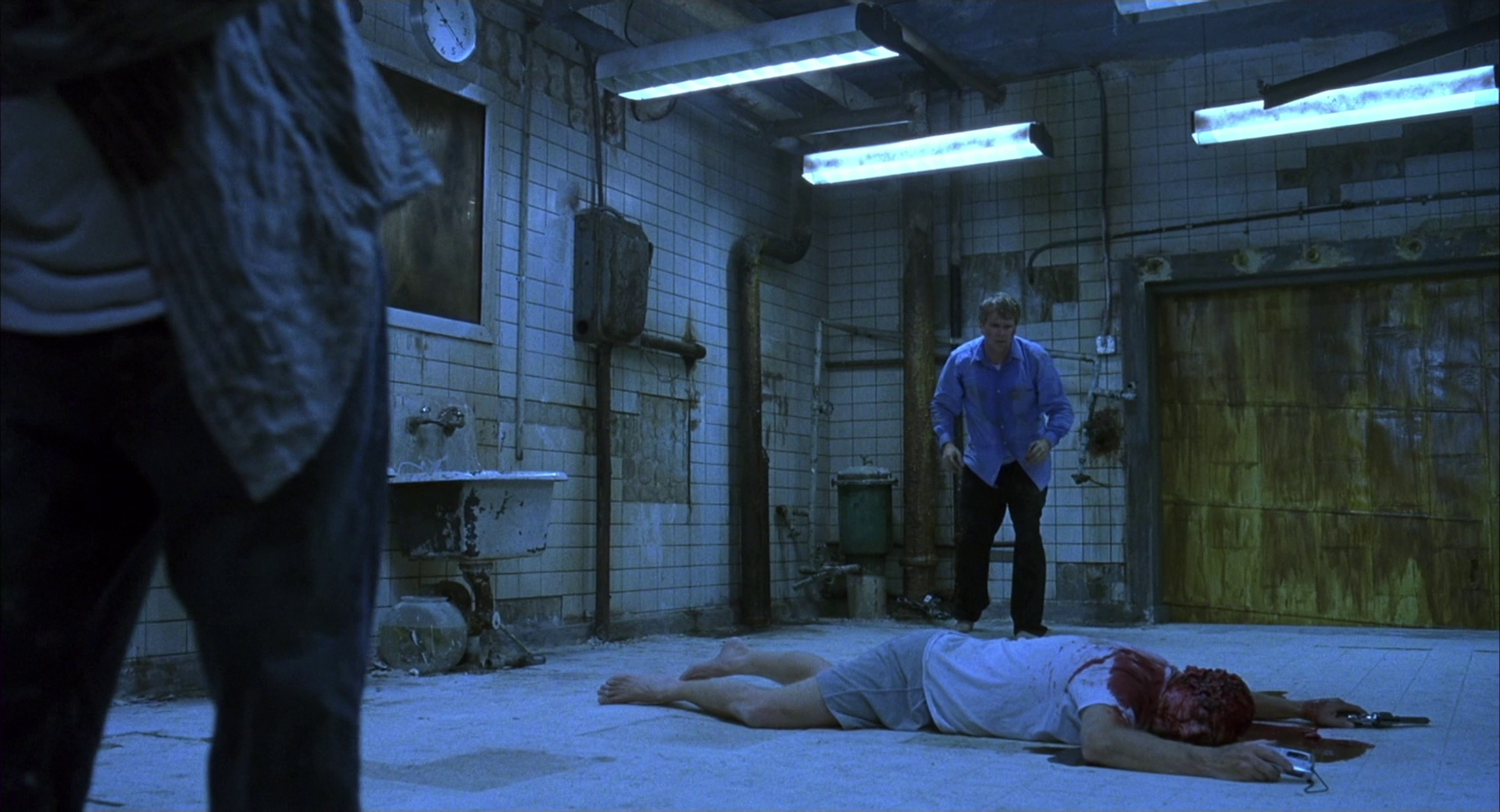
8. Solve the Puzzle – The only way to beat the killer is to solve a mystery or a puzzle about the monster’s origin or motives. Examples include The Ring, The Conjuring, Saw.
Elements of Solve the Puzzle:
- Evil Enigma – The hero must delve into the mysterious origins of the monster, facing supernatural elements to uncover the truth.
- Cryptic Clues – The story may involve cryptic clues or symbols that the hero must decipher to understand the monster’s weaknesses or motivations.
- Uncovering Dark Secrets – Solving the puzzle leads to unsettling revelations (sometimes about the hero!), exposing hidden secrets that add depth to the horror.
As always, these subgenres can be combined. A curse movie like The Ring might have a mystery to be solved and fall into both What the Curse?! and Solve the Puzzle subgenres.
What’s your horror story’s subgenre? Figure it out and get to the spooky stuff!
And Happy Halloween!









